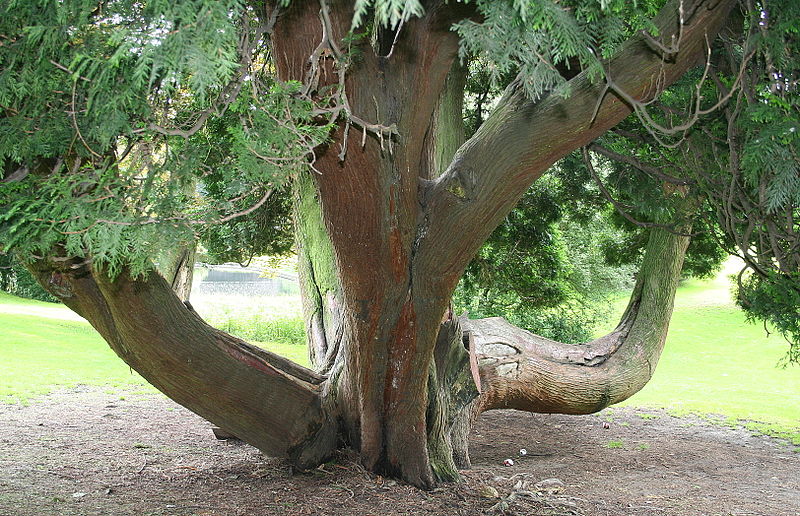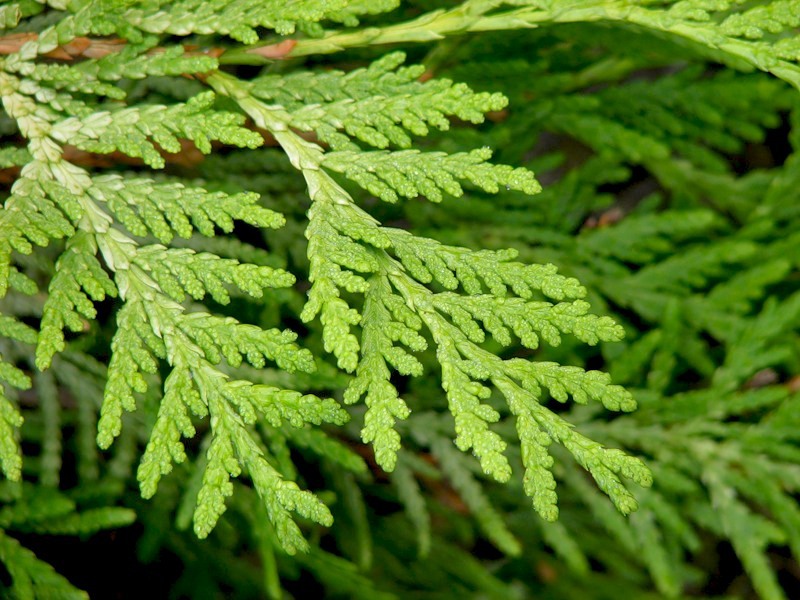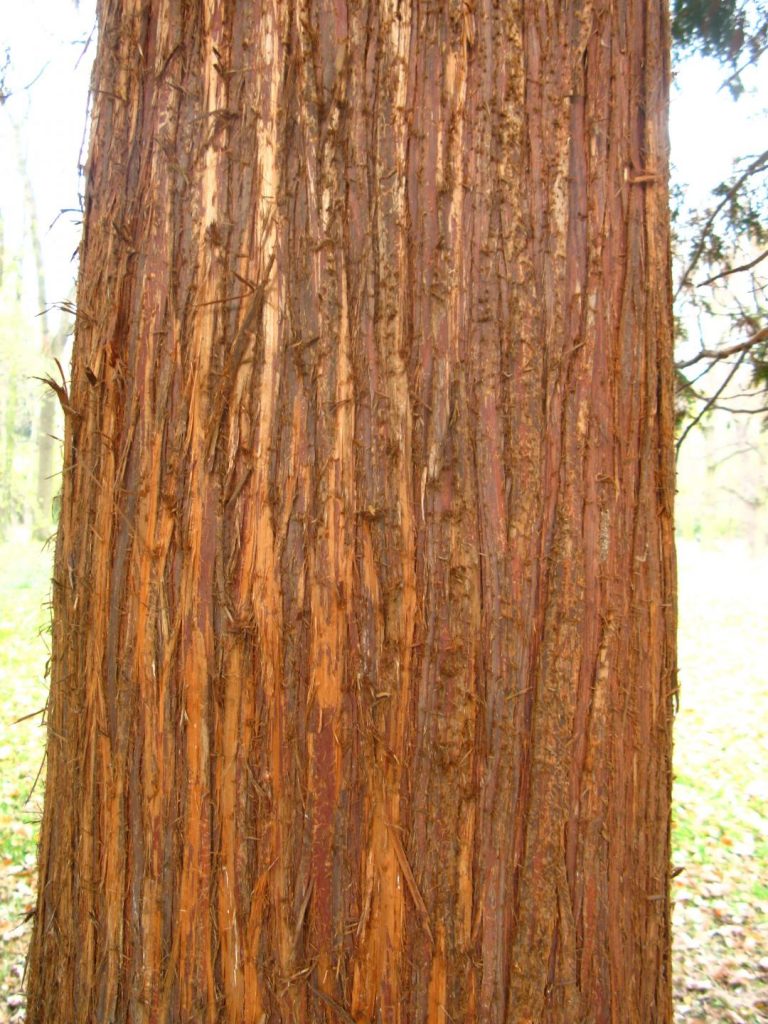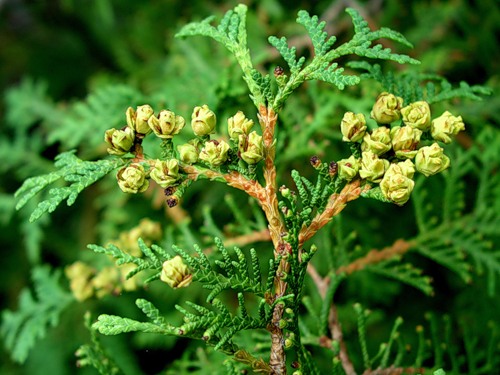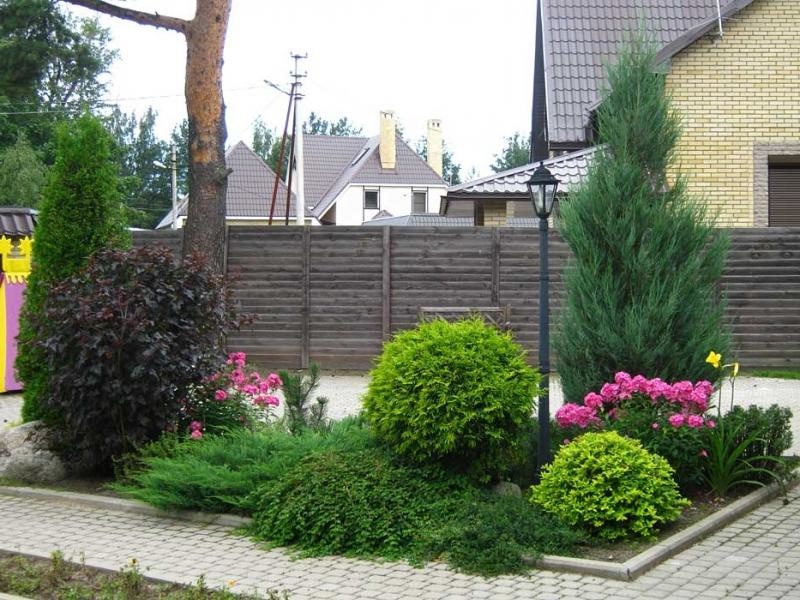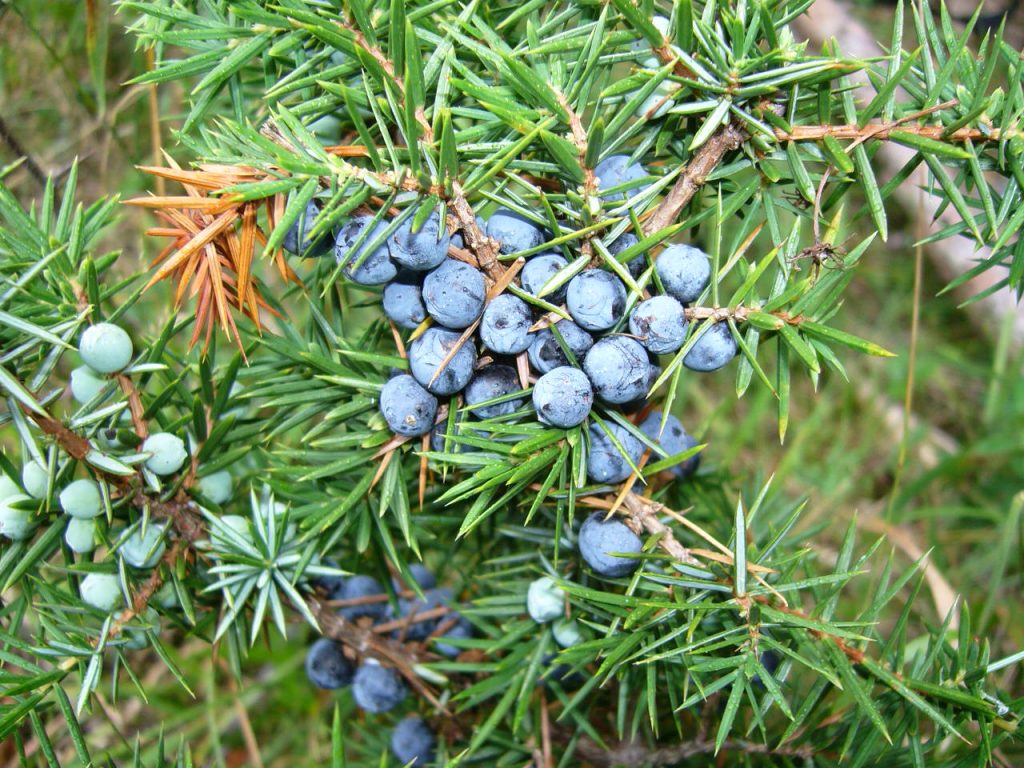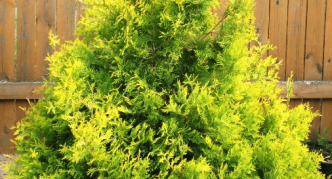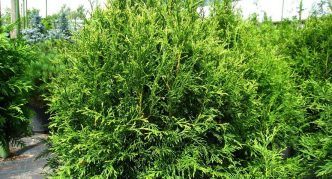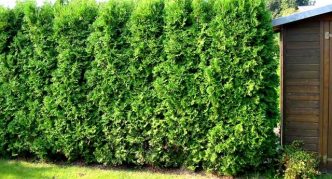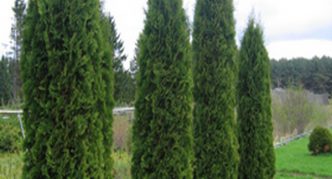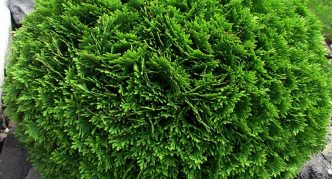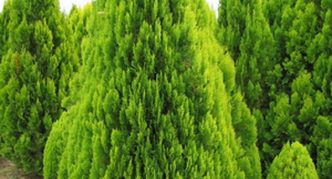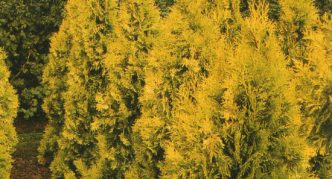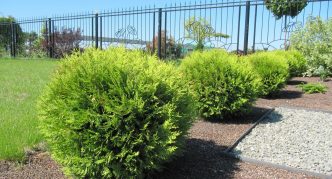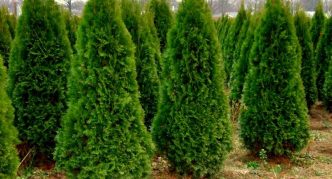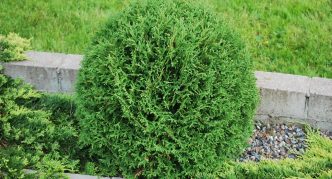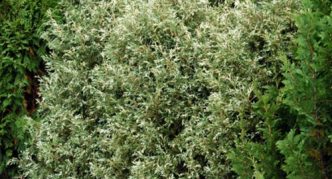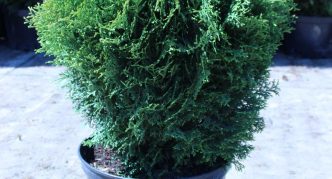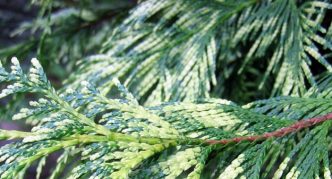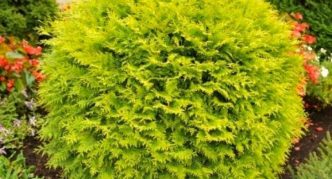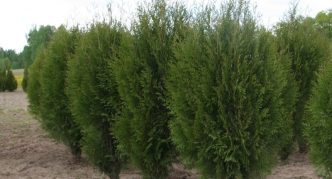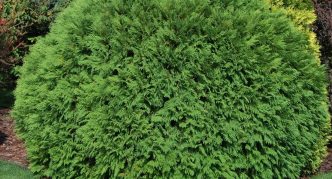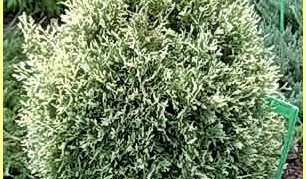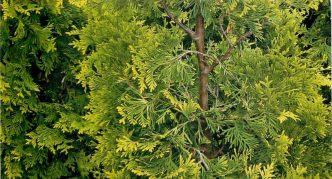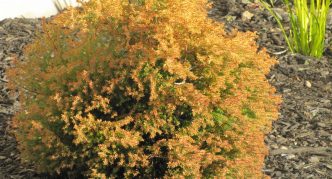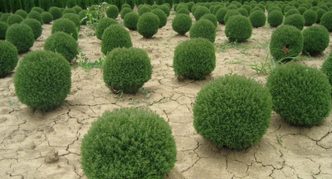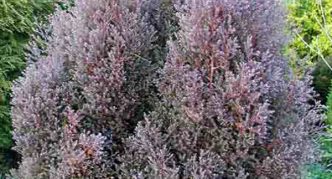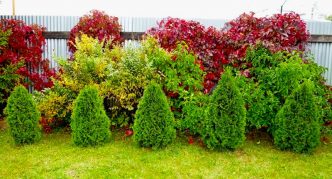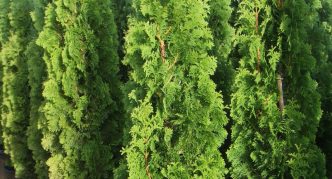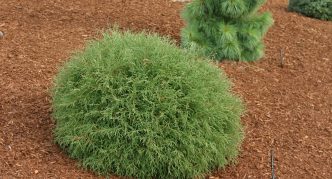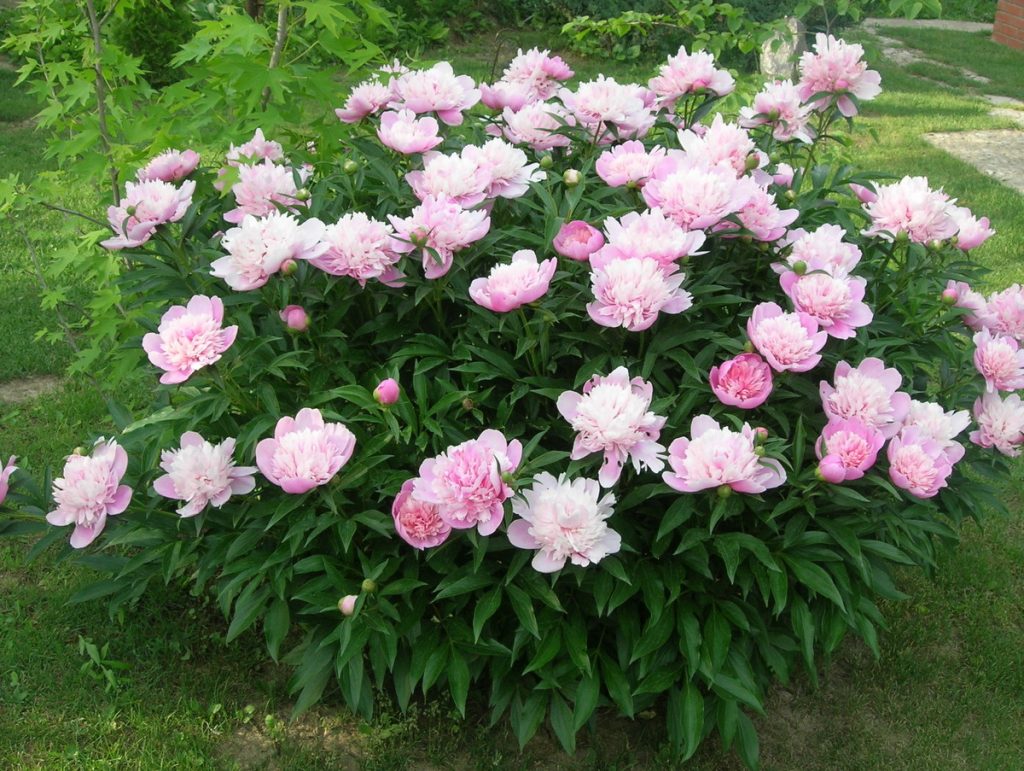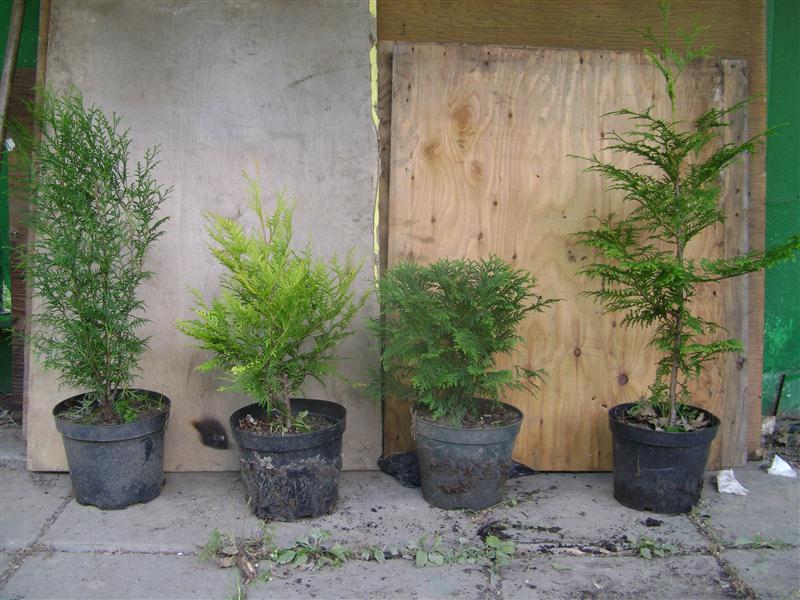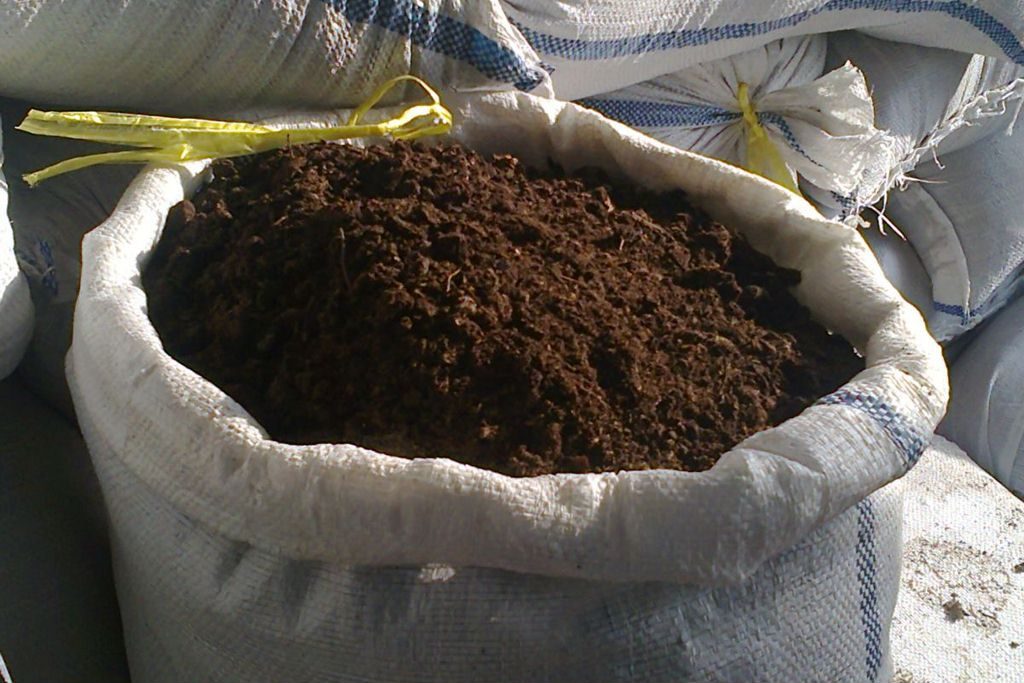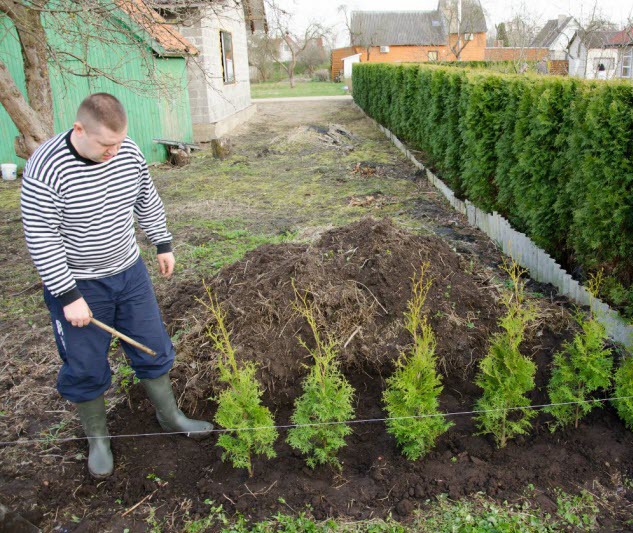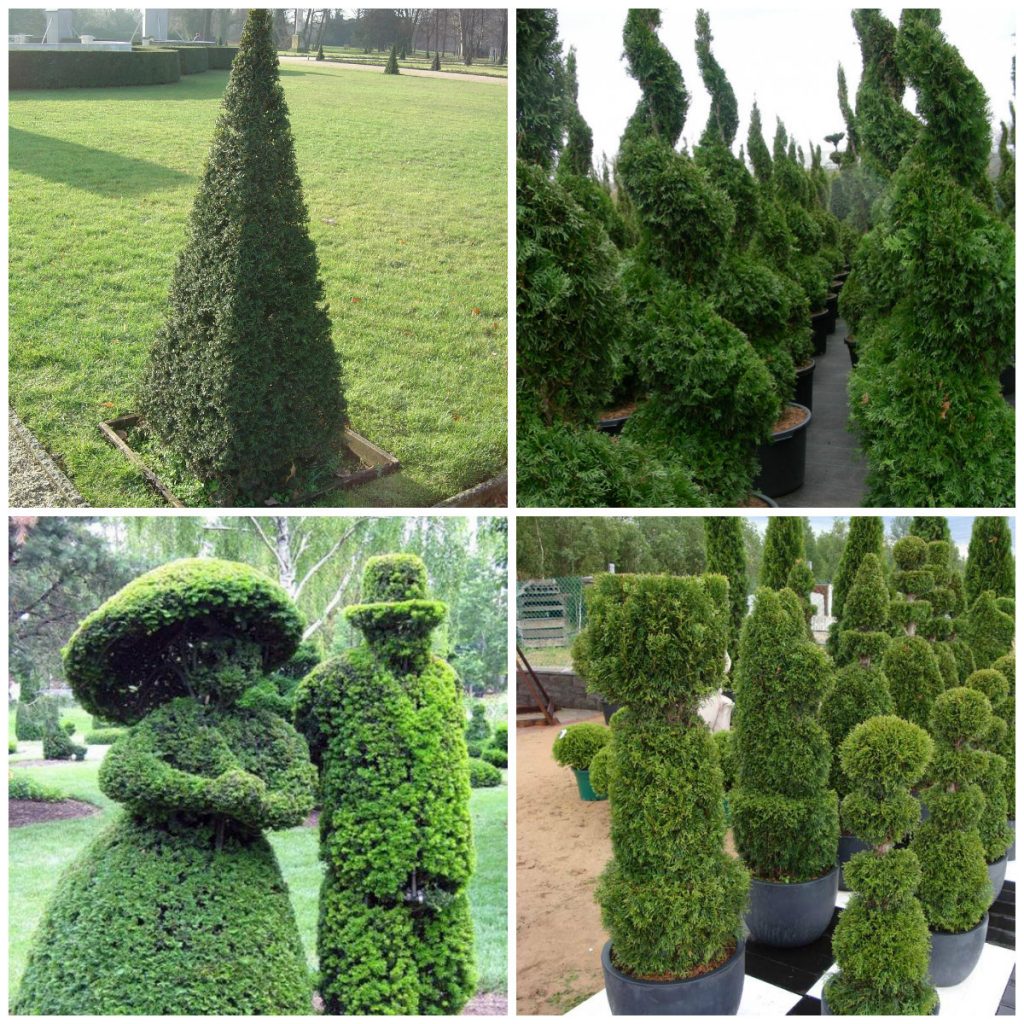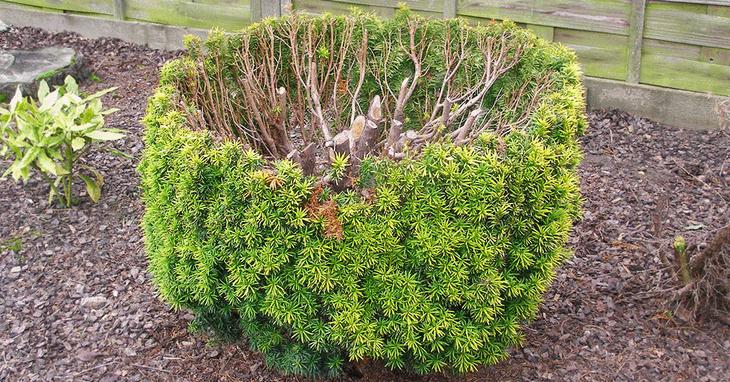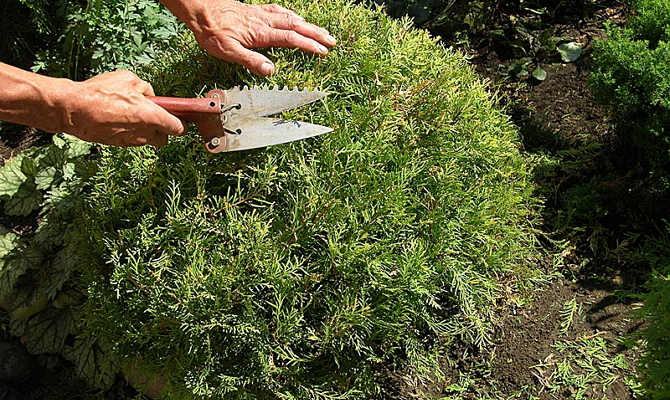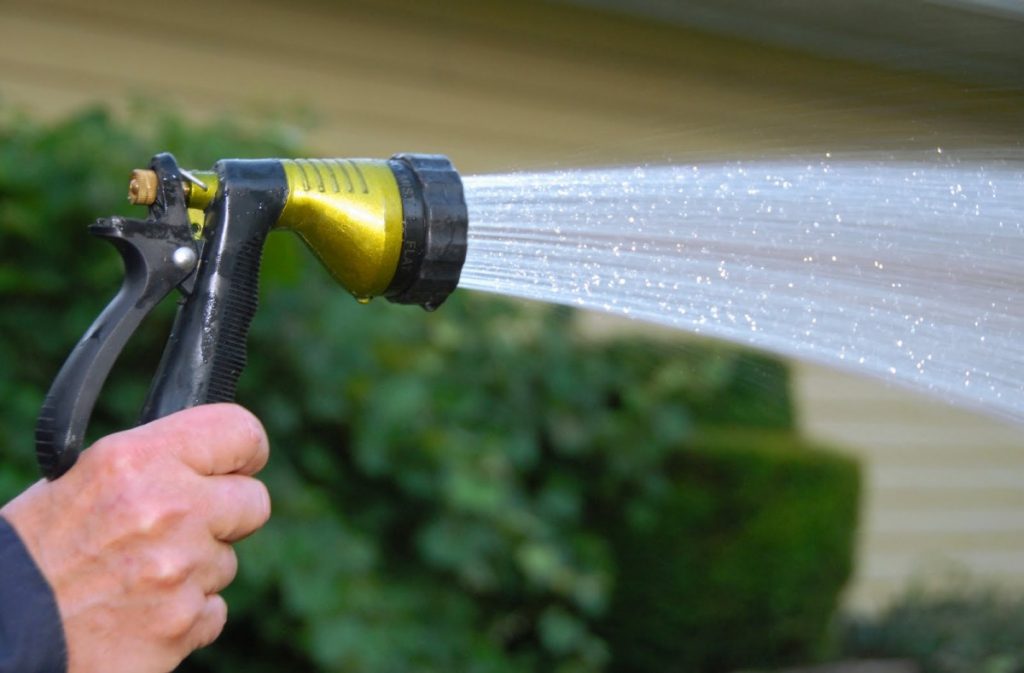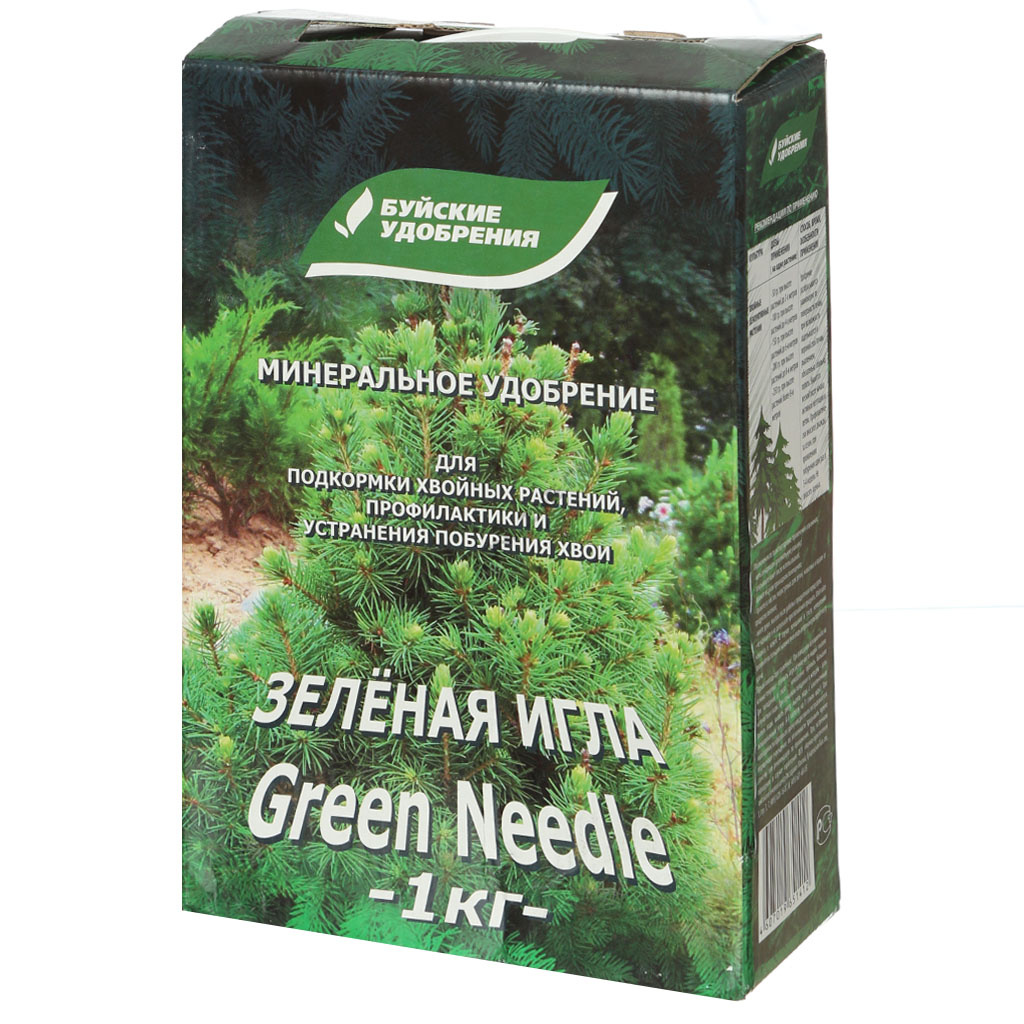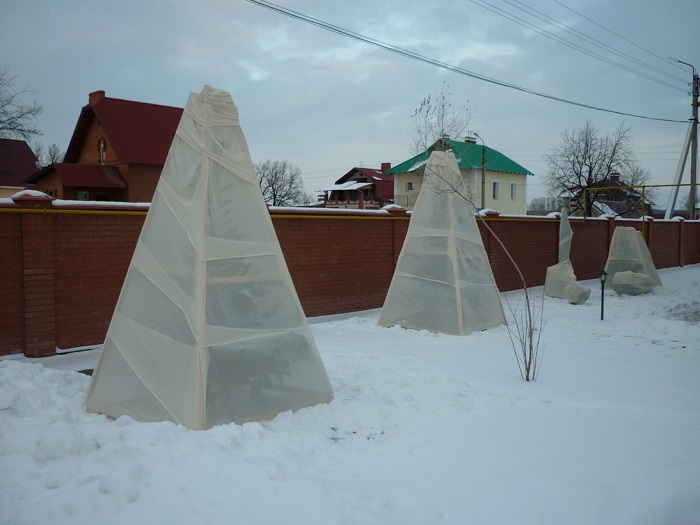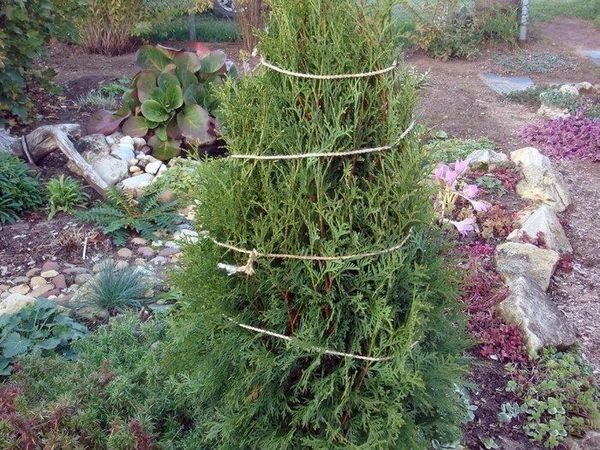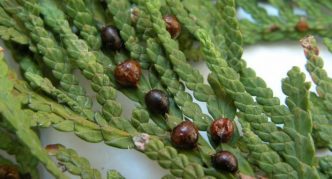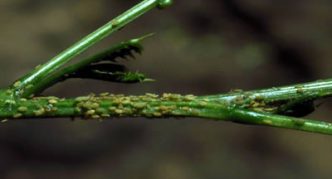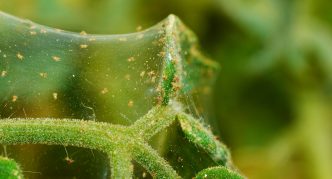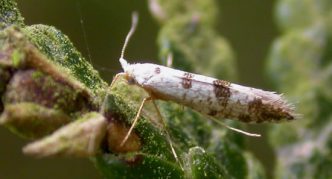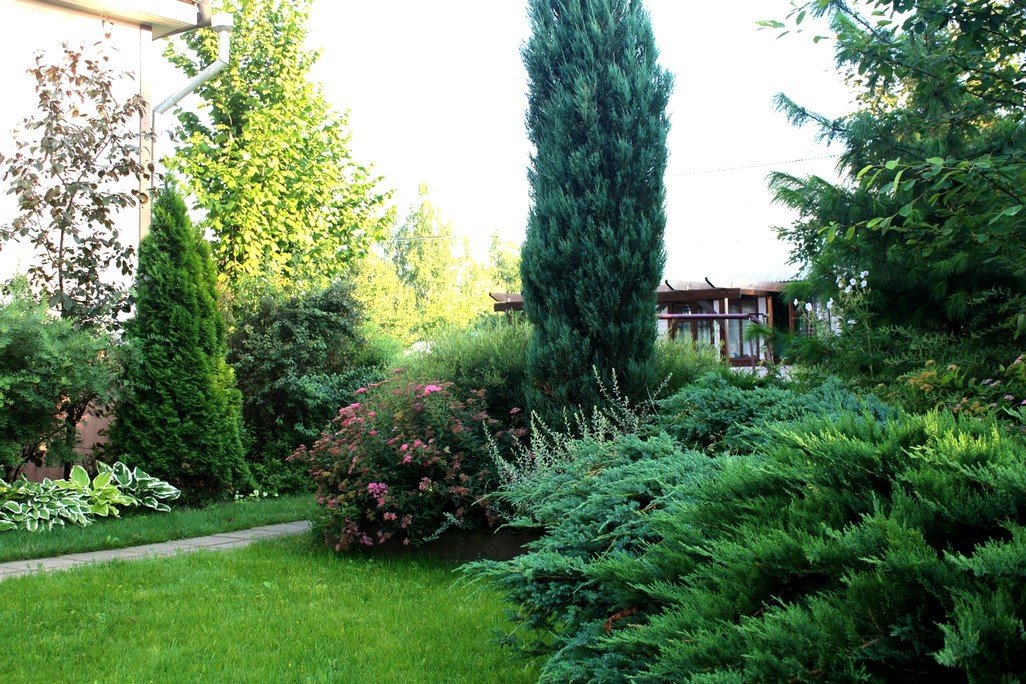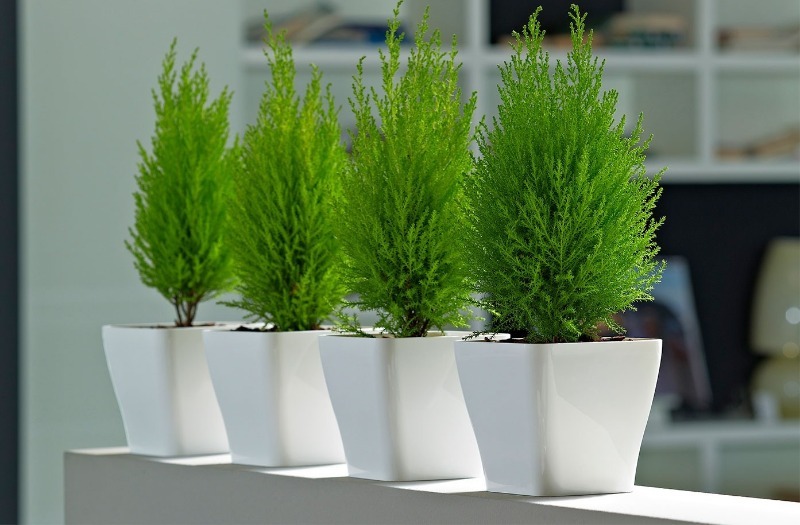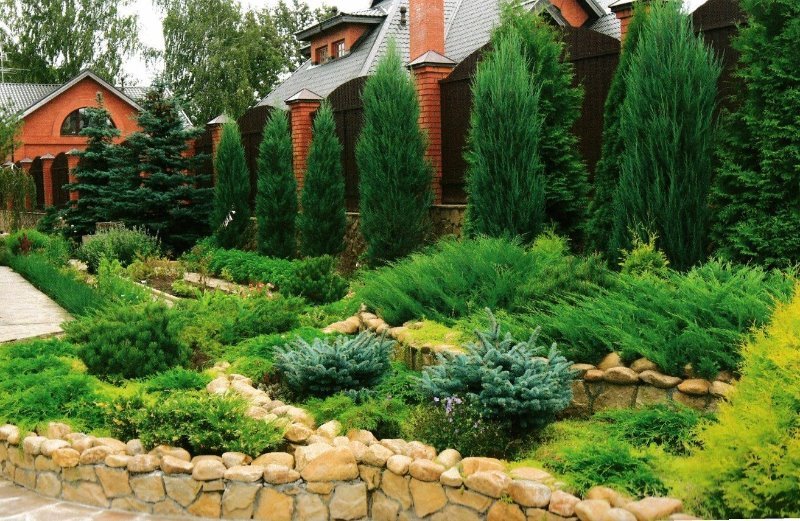Thuja is one of the most popular ornamental horticultural crops. It is widely used in landscape design. The undoubted advantages of a plant in the eyes of a gardener are unpretentiousness, cold resistance, the ability to successfully adapt to a not always favorable climate and put up with individual mistakes in care. Breeders have bred many varieties, including dwarf ones. There is a place for such a culture in any garden plot, besides, planting and caring for thuja does not require titanic efforts.
Content
What does a thuja look like
Thuja, also known as the “tree of life” or “northern white cedar”, is a perennial coniferous plant belonging to the Cypress family. The genus is not numerous, it includes only five species. Its natural habitat is North America and East Asia. In nature, the height of a tree can reach 15–20 m, and the diameter of the trunk is a meter or more. There are also 70-meter giants with a girth of about 6 m.But the thujas bred by breeding, which are most often grown in garden plots, have much more modest dimensions. This is a long-lived tree, 100–150 years for it is far from the limit.
The name of the genus was given by the famous Swedish botanist and systematizer Karl Linnaeus. It comes from the Greek "to sacrifice". Thuja wood used to be widely used for ritual bonfires and incense because of its characteristic pleasant aroma.
Her crown is very dense, pyramidal or rounded, needles are dark green, reminiscent of overlapping scales. It is soft to the touch, practically does not prick. The underside is lighter than the front side. In winter, in some species the needles turn brown. For a plant, this is the norm, and not some kind of exotic disease.
The root system of thuja is well developed, but superficial, therefore, the soil in the near-stem circle often swells slightly. The bark of young plants is smooth, shiny, reddish-brown. With age, it gradually turns gray and begins to recede in wide stripes.
Lime-colored flowers and dull red or brick thuja cones are hidden in a dense crown. And some breeding varieties do not bloom at all. All thujas are characterized by a light, recognizable "cypress" aroma. An essential oil with a similar smell is made from cones. It increases the general tone of the body, helps to quickly restore strength, increase stress resistance and endurance to physical activity, and helps to concentrate. It is also useful for the treatment of many skin diseases.
Thuja tolerates haircuts very well and keeps its shape, since the growth rate does not differ. This is why the culture is so loved by landscape designers. The simplest solution is to form a thuja hedge. The plant looks no less impressive in single and group plantings. Miniature varieties are used in rockeries, rock gardens and "Japanese gardens". But you shouldn't overdo it either. Thuja in Russia is still exotic, it stands out strongly against the background of the local flora. The abundance of trees and shrubs in the garden area creates a gloomy atmosphere.
The culture prefers areas well warmed up by the sun or at least partial shade. In the shade, the thuja "goes bald". The plant is not afraid of winds and drafts, it can be safely planted in open places. It also loves coolness - thuja does not tolerate prolonged drought and heat very well. But the plant puts up with an unfavorable environmental situation, air pollution. Such requirements for growing conditions, coupled with a very high frost resistance (at the level of -35–40 ° C), make it possible to cultivate thuja in most of the territory of Russia, including in regions with a sharply continental climate. The western thuja is the most cold-resistant, it is she who is the basis for most of the experiments of breeders.
Video: description of thuja, its popular varieties, care tips
Tuyu is often confused with another ornamental plant - juniper. But if you look closely, you can find many differences.
Table: how to distinguish between thuja and juniper
| Criterion | Thuja | Juniper |
| Requirements for growing conditions | It tolerates gas-polluted air, dust, smoke. Is negative about drought | Drought-resistant, does not tolerate dust and gas pollution |
| Root system | Developed but superficial | Very powerful, taproot goes into the soil for 10 m or more |
| Crown shape | Depends on the variety - it can be round, pyramidal, and spindle-shaped | Sprawling, rather "loose" shrub |
| Needles | Soft, consisting of individual scales. Coloring varies depending on the variety | Hard sharp thorns that resemble an awl. Painted in "smoky" bluish-green color |
| Fruit | Small reddish brown bumps | Bluish-purple or bluish berries, sometimes with a red tint |
Varieties grown in garden plots
There are a great many varieties of thuja bred by breeding. They differ in size, crown shape, and the color of the needles. Surely every gardener can find a plant to his liking. Most of them are derived from western thuja.
- Aureospicata. A short tree or shrub. The crown is in the form of a wide cone. The needles are yellow, golden in the sun. There is a dwarf variety - Aurea Nana, the height of which does not exceed 0.6 m. Young specimens have lime-colored needles, which gradually change their shade to salad green.
- Bodmeri. A bushy plant, reaching a height of 2.5 m. The main feature is thick, fancifully curving branches. The needles are dark green, very dense.
- Brabant. One of the most common varieties. This is a tree reaching a height of 12–15 m with a trunk of 2–3 m in girth. The needles are green, do not change color in winter. The bark of adult Brabant specimens is strongly exfoliated. In comparison with other varieties, it stands out for its growth rate, adding about 30-40 cm per year.
- Columna. Columnar shrub or tree. Height varies from 2–3 m to 10–12 m. Grows extremely slowly. The needles are dark green, from a distance it seems black. Its color does not change during the year.
- Danica. A shrub with a rounded crown of regular shape. Height - about 0.5 m, diameter - 0.8–1 m. The needles are very thick and soft, bright green. Danica takes on a light bronze tint in winter. It tolerates a lack of light well, relatively well - drought.
- Elegantissima.A very graceful tree 3-5 m high. The crown is dense, in the form of a wide cone. The needles are bright green, glossy. The ends of the branches are whitish.
- Europa Gold. Shrub in the shape of a cone. Height - 2-3 m, base width - 1-1.5 m. Young shoots are yellowish-brown. New needles are bright orange, then gradually turn yellow. In winter, their color does not change.
- Fastigiata. Very much like a cypress. The height of the tree is up to 12-15 m, the crown is in the form of a column. It grows pretty quickly. The color of the needles varies from light green to dark green, almost black. It depends on the growing conditions.
- Filiformis. Shrub, the height of which does not exceed 1.5 m. The crown is almost round, the shoots are thin, dull. The needles are bright green, brown in winter.
- Globosa. A shrub in the form of an almost regular ball (height - 1–1.2 m, girth - about 1 m). The needles are glossy, dark green. In winter it changes color to dull brown or grayish. More demanding than other varieties of watering, prefers partial shade. In the Nana variety, the height does not exceed 30 cm. In the cold, its needles turn gray.
- Smagard. Another very common variety. Young trees are slender, with a pyramidal crown. Then they seem to "settle", become squat. The growth rate gradually slows down. Height does not exceed 5–7 m. The tree is evergreen. Emeralds do not differ in very high frost resistance; where winters are severe and with little snow, even adult specimens need shelter for the winter.
- Sunkist. A very dense and large shrub in the form of an almost regular cone. The height reaches 3-5 m, the diameter of the base is 2-4 m. In young specimens, the needles are golden, then it gradually changes its color to lemon. In winter it turns bronze. In order for the plant to remain effective, bright lighting is especially important.
- Tiny Tim. A bush that is loose enough for a thuja. Height - up to 1 m, width - about 1.5 m. The needles are bright green, in winter they acquire a bronze tint.
- One of the most spectacular varieties. The crown is very dense, the needles are bright green, with small spots of yellow, white, cream color.
- Нillieri. The bush is spherical, no more than a meter in diameter. Shoots are short, tough. The needles are green-blue with a bluish tint. In winter, it changes its color to greenish brown.
- Zebrina. A fast growing tree, reaching a height of 10–15 m. The needles are yellowish or lime, with white or creamy thin stripes.
- Golden Globe. A spherical shrub about a meter in diameter. It practically does not need pruning. Demanding on lighting and watering. The needles on the surface of the crown are lemon yellow, inside - light green.
- Wagneri. The tree is 3–3.5 m high. The crown is narrow, pyramidal, very dense. The needles are olive green, sometimes with a grayish undertone. In autumn, it changes color to bright copper.
- Woodwardii. A shrub with an almost round crown about 2 m in diameter. The needles are dark green, their color does not change during the year.
- Albospicata. A low tree, growing to a maximum of 2.5 m. The crown is in the form of a wide cone, shoots are located at an acute angle in relation to the trunk. The needles are bright green, at the ends of the branches - with white spots and strokes. Such variegation is especially pronounced in early summer; by autumn, the contrast is gradually smoothed out. Trees in the sun look very impressive, as if they are illuminated from the inside.
- Cristata. Tree up to 3.5 m high, crown in the form of a wide cone. The needles are very dark green with a bluish bloom. Separate scales are small, collected in dense, almost vertical "twigs", somewhat similar to bird feathers.
- Rheingold. Shrub about a meter high. Young specimens are almost spherical, as they mature, clear contours gradually "blur", pruning is necessary. The needles are pale golden, in winter they change color to copper, in spring they acquire a pinkish tint.
- Teddy. One of the smallest varieties, the crown diameter does not exceed 30 cm. The bush reaches its maximum possible size within 5–6 years after planting in the ground. The needles are very short, deep green and very atypical for thuja in shape. As the tree matures, they become more and more rigid. In winter, the teddy needles turn brown.This variety never suffers from sunburn.
- Ericoides. The tree is no more than a meter high, intensively branching. Shoots are thin, forming a multi-peaked crown, resembling a bird's nest. The needles are needle-like, but soft. From above, it is painted in lime color, the inside is rich green with a gray-gray bloom. In winter, it changes its color to dark brown with a lilac tint. Does not bloom, does not form seeds. But it is very easy to propagate by cuttings.
- Recurva Nana. The tree is up to 2 m high. The crown is similar in shape to a pin. The shoots are thin, easily bend and intertwine with each other. The needles are dark green, turning brown in winter.
- Spiralis. The tree is up to 6 m high. It looks very unusual because of the twisting shoots. The crown is in the form of a cone, rather "loose". The needles are of a deep dark green color. The variety does not suffer from sunburn and needs regular watering.
- Mr Bowling Ball. A dwarf spherical shrub with a diameter of 0.6-0.9 m with a seemingly openwork crown. This is especially noticeable in the "lace" shadow. The needles are grayish-green, almost threadlike. In winter it turns bronze.
Varieties popular with gardeners: photo
- Thuja Aureospicata in the sun acquires a very beautiful golden tint
- Thuja Bodmeri are branches bending at the most unexpected angles
- Thuja Brabant is very popular with gardeners all over the world.
- Thuja Columna fully lives up to the name obtained due to the external resemblance to the column
- Thuja Danica was bred at the end of the 40s of the twentieth century, but still has not lost its popularity
- Thuja Elegantissima is very graceful and decorative
- Thuja Europa Gold gradually changes the color of the needles from orange to golden
- Thuja Fastigiata is easily confused with cypress
- Thuja Filiformis is markedly different from "relatives"
- Thuja Globosa maintains a spherical shape even without pruning
- Thuja Smagard is very often found in landscape compositions
- Thuja Sunkist is a very dense crown
- Thuja Tiny Tim is rather "loose", the crown does not differ in density
- Thuja Variegata stands out for its variegated color of needles
- Thuja Hillieri is distinguished by needles with an unusual bluish tint
- Thuja Zebrina has a very unusual striped needles
- Thuja Golden Globe makes increased demands on lighting and watering
- Thuja Wagneri in autumn turns into a very beautiful copper color
- Thuja Woodwardii - evergreen plant
- Thuja Albospicata retains variegation only in the first half of summer, then the contrast is slightly smoothed
- In thuja Cristata, the needles slightly resemble feathers
- Thuja Rheingold in spring takes on a pinkish tint
- Thuja Teddy - one of the smallest species
- In thuja Ericoides, the shade of the needles resembles the color of heather, hence the name
- Thuja Recurva Nana are very thin, easily tangled shoots
- Thuja Spiralis does not suffer from prolonged exposure to direct sunlight
- Thuja Mr Bowling Ball is a very beautiful bush with a "lacy" crown
Preparatory procedures and planting in open ground
There are not so many requirements for growing conditions for thuja. Considering that this is a long-lived plant, the place for planting must be chosen deliberately. It is unlikely that it will be possible to transfer an adult tree somewhere later, even despite the fact that its root system is superficial.
In order for the thuja to show its decorative effect in the best way, it needs the sun. Some varieties with yellow or variegated needles in the shade even lose their unusual shade, “fading” to green. The tree is not afraid of winds and drafts, so it can be safely planted in open areas. Uniform illumination contributes to the formation of a symmetrical dense crown.
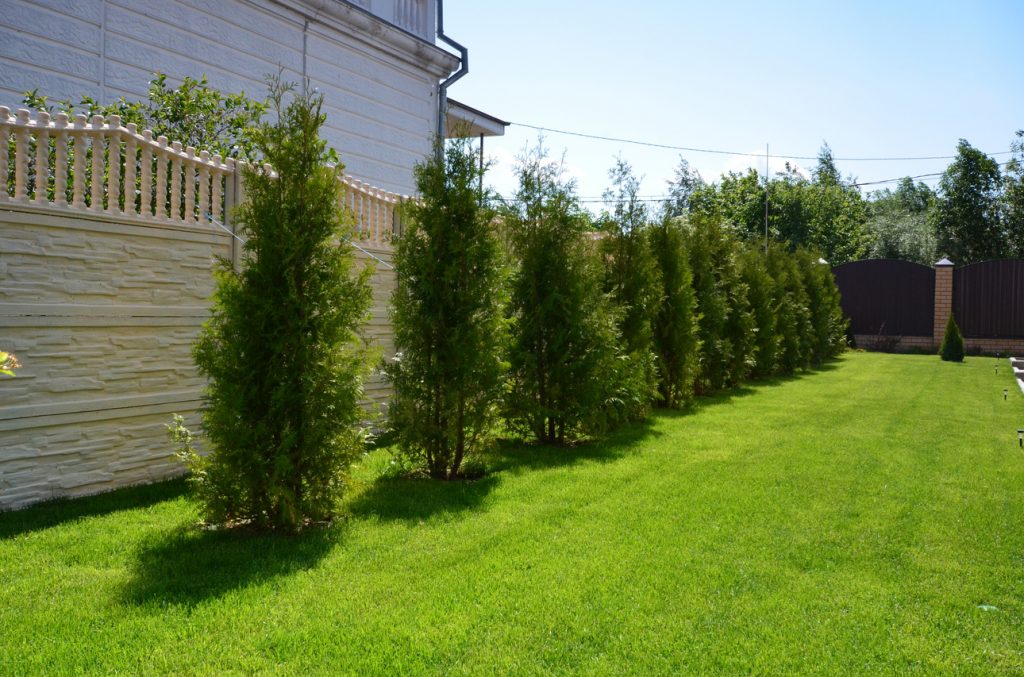
Sunlight is necessary for thuya, but in the very heat it is desirable for her to provide light partial shade
Nevertheless, it is still desirable to provide thuja light partial shade, especially during periods when the sun is most active. Prolonged exposure to direct light can cause dehydration, which, in turn, significantly reduces the frost resistance of the plant.
There are no special requirements for the quality of the soil. If given the choice, she will prefer a nutrient medium with good aeration.But the tree successfully takes root both on "poor" sandy soils, and on "heavy" clay soils, and even practically in a swamp. It is desirable that the soil is slightly acidic. To achieve this, fresh sawdust of coniferous trees, peat are introduced into the soil during planting, and several crystals of citric acid or a couple of drops of apple cider vinegar are periodically added to the water for irrigation.
It is necessary to take into account the closest "neighbors". Tuyu will be quite satisfied with the "company" of other conifers, spirea, acacia, hydrangea. But for some reason she really does not like peonies and asters.
The quality of the planting material is very important. It is advisable to purchase thuja with a closed root system, in pots or containers. When transplanted into soil, such plants experience less stress. In healthy specimens, the needles are bright, glossy, rich in color, and there are no spots and damage on the bark that suspiciously resemble mold or rot. The roots should not be visible - neither from the drainage holes nor on the ground. If this is not the case, the thuja has been in the pot for too long, which is harmful to the plant.
In regions with harsh winters, which often come much earlier than provided for by the calendar, thuja are planted in the spring, from late April to mid-May. This will give the plant the opportunity to adapt to the new habitat and provide itself with a supply of nutrients for the upcoming winter. In areas with a subtropical climate, the procedure can be postponed until the fall. In order to take root, thuja will take 2–2.5 months before the first frost.
The landing pit is always prepared in advance. Ideally, this should be done in the fall, if it did not work out - at least 2-3 weeks before the planned landing. Its width and diameter should be 35-50 cm larger than the dimensions of the earthen clod in the container. A drainage layer is required at the bottom. A bucket of pebbles, gravel, expanded clay, small ceramic shards is enough.
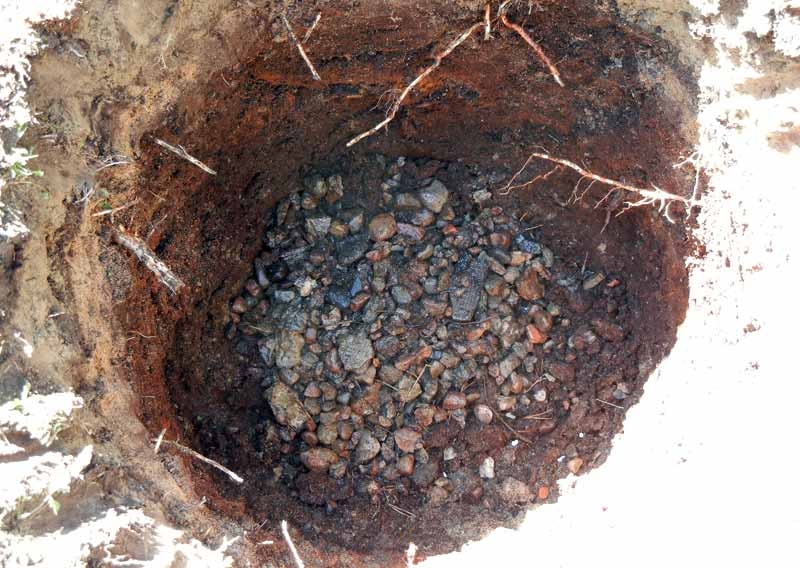
At the bottom of the planting pit for the thuja, a drainage layer is required so that water does not stagnate at the roots
The top 10-15 cm of the substrate extracted from the pit is mixed with 20-25 liters of humus or rotted compost, 5-7 liters of coarse sand and peat chips are added. From fertilizers, sifted wood ash and dolomite flour (300–400 g per pit) can be added - they will provide the plant with phosphorus, potassium and calcium. All this mixture is poured onto the bottom of the pit, forming a small mound. Then it will need to be covered with something waterproof so that the nutrients are not washed out of the soil.
When planting several thujas at the same time, the interval between plants varies from 1–1.5 m to 5–7 m. It depends on the size of the plant of a particular variety and the configuration of the planned landscape composition. If you plan to form a hedge, 50–70 cm is enough. Tui should be "moved" from other powerful trees and shrubs by at least 3 m. They will not withstand the "competition" for food from the soil, due to the less developed root system.
Directly planting a thuja in the ground is not difficult. It is similar to the same procedure for any fruit trees and berry bushes. Even an inexperienced gardener can handle it.
- 3-4 hours before planting, the seedling in the container is watered abundantly - this will make it easier to remove it from the container. Some gardeners do not use clean water at room temperature for this, but a bright pink solution of potassium permanganate or any fungicide of biological origin - for disinfection and prevention of the development of fungal diseases. A biostimulant will help the plant to minimize the stress from transplanting, and will have a positive effect on its immunity. You can use both purchased preparations (Epin, Heteroauxin, Kornevin) and folk remedies (aloe juice, diluted honey, succinic acid).
- At the top of the mound of earth, a small depression is made in the planting pit. The plant is removed from the container, trying, if possible, to maintain the integrity of the soil clod on the roots. Thuja is transferred into a pit, they begin to fill it with small portions of soil. It is advisable to use a mixture of fertile turf, humus and sand in a ratio of 3: 2: 1. It is periodically compacted to avoid the appearance of "air pockets". When the hole is filled to the brim, the root collar of the plant should be just at ground level.
- The planted thuja is watered abundantly, consuming 25-30 liters of water. If the seedling was large enough, it will need a support, about 30-40 cm higher than it (taking into account the depth of the hole). It is worth taking care of it in advance, and not sticking it into the ground after landing. Otherwise it is very easy to damage the root system.
- About half an hour after watering, a near-stem circle with a diameter of 50-60 cm is mulched, covered with peat crumbs, small pieces of bark or chips, creating a layer 5-7 cm thick. This will help to retain moisture in the soil and prevent weeds from germinating. The mulch should not cover the base of the trunk and the lower branches - they can begin to undermine and rot.
- Newly planted thuja are very demanding for watering. During the first month, the soil should be moistened at least once a week. The next day, the soil in the trunk circle is loosened to a depth of 5–7 cm. Until the plants take root in a new place, it is advisable to cover them from direct sunlight during the hottest midday hours.
Video: planting a thuja seedling in the ground
Crop Care Tips
After planting thuja in open ground, even a novice gardener can take care of it. Basically, it boils down to keeping the soil in the near-trunk circle clean, watering it regularly, fertilizing it annually and pruning the plant. Loosening, ideally, should be done after each watering. In this case, you need to be very careful and not go deeper into the soil more than 8-10 cm, otherwise there is a possibility of damage to the roots.
Pruning is essential for almost all varieties. Although now there are those that take and maintain the form conceived by the breeder without any additional effort on the part of the gardener.
The first time the thuja is cut off at the beginning of the second or third season of being outdoors. The tips of young shoots are shortened by 4–5 cm, stimulating more intensive branching. After another year, you can begin to form the crown. Get rid of branches growing downward, deeper, clearly knocking out the boundaries of the desired contour.
Having given the tree the required configuration, in the future it is only supported, which is not difficult, because the growth rate of most thuja varieties does not differ. With the help of pruning, you can also adjust the height of the tree.
The plant tolerates the procedure very well, but still you should not be too zealous. No more than a third of the green mass is removed at a time. Pruning can be done several times a year. In this case, the bulk of the work is usually left for the fall or late summer. In the spring, sanitary pruning is carried out, getting rid of shoots that have frozen or broken under the weight of snow. The outside temperature must be above zero. Still need to be in time before the growth buds "wake up".
The tool is used only sharply sharpened and disinfected. The cuts are made in one continuous motion, without "chewing" the wood. The inflicted "wounds" are washed with a 2% solution of copper sulfate, sprinkled with crushed chalk or wood ash and covered with garden pitch.
Video: how to properly prune a coniferous tree
Thuja is a moisture-loving culture. During the first month after planting in the ground, it is watered at least once a week, spending 15–20 liters of water per plant. If it is hot outside and there is no precipitation, the intervals are reduced to 2-4 days.She does not tolerate drought - the shoots are numb, the needles lose their tone, they may even turn yellow.
It is enough to water adult specimens every 10-15 days if the weather is optimal for the plant outside. The rate varies from 5-10 liters (for the smallest shrubs) to 50-70 liters (for large trees). A lack of moisture is evidenced by yellowed needles at the top of the plant.
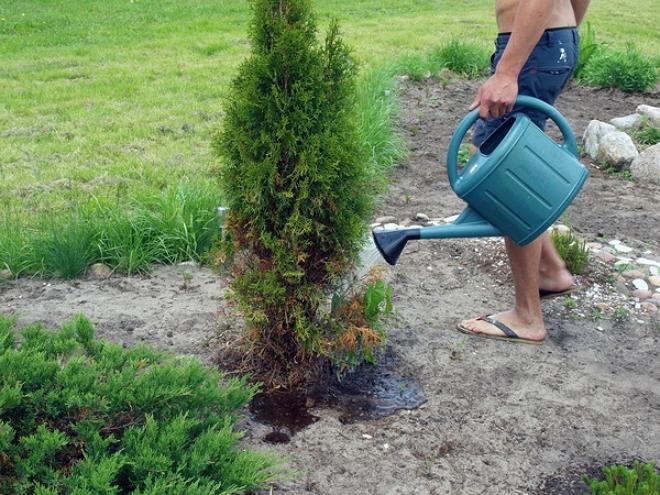
Thuja is a moisture-loving plant, but categorically does not tolerate soil acidification at the roots
Watering is carried out early in the morning or late in the evening, when the sun is no longer visible. In summer, the water temperature should be approximately the same as the air temperature. The plant is very fond of sprinkling. If it is not technically possible to organize it, the crown of the thuja is periodically doused with water from a watering can or a hose. After this procedure, the plant "comes to life" literally before our eyes, beginning to spread its characteristic aroma. The needles, from which dust and dirt are washed off, look much more decorative, the process of photosynthesis is more active.
Starting from the second half of September, watering is gradually reduced, by the 20th of October, reducing to nothing. This is a necessary part of preparing the tree for wintering. Spraying can take longer, stopping only 2-3 weeks before the expected frost.
If necessary, renew the mulch layer after watering. It helps to retain moisture in the soil and effectively prevents weeds from overgrowing the near-stem circle.
Fertilizers begin to be applied from the second season in the open field. Enough once, in late April or early May. By this time, the soil thaws to a depth of 8–10 cm, the threat of recurrent spring frosts is minimized. They use special store-bought preparations for conifers. The composition must necessarily contain nitrogen.
More frequent feeding of thuja stimulates its active growth. Accordingly, the configuration of the crown is violated, more time will have to be devoted to pruning. Once every 2-3 years, in the process of loosening in spring, humus or rotted compost can be poured onto the roots - 4-5 liters per 1 m² of the trunk circle.
Video: important nuances of caring for conifers in the garden
Young plants under the age of five must be covered for the winter, especially if thuja is grown in the Urals or Siberia. But it is better to insure yourself by protecting adult specimens, if the winter is predicted to be very harsh and little snow. Previously, the near-trunk circle is cleaned of plant debris, loosened, and the mulch layer is renewed. Humus mixed with peat chips is poured to the base of the trunk. This is necessary to protect the roots from freezing.
When the size of the plant allows, the thuja are covered with cardboard boxes of a suitable size, stuffing them with scraps of newsprint, wood shavings, straw, sawdust. Branches can be tied up from below so that the crown is not so spreading. The smallest bushes are simply covered with spruce branches or fallen leaves.
Above the larger specimens, they build something like a hut. Several layers of burlap or any breathable covering material are pulled onto the supports installed by the "house". Plastic wrap and any synthetics are categorically not suitable. Then the resulting structure is tied with twine. They take it off in the spring, when the temperature is positive.
It is strongly not recommended to bend thuja branches to the ground in preparation for winter. It is not a fact that in spring the plant will be able to restore its original shape.
Thuja branches can break under the weight of snow, especially wet. During the winter, you need to shake it off periodically, reducing the load.
In late winter and early spring, the sun begins to be active. At this time, an unclosed thuja can get quite serious burns.To avoid this, it is protected with the same covering material. There is also a special preparation Purshate that protects thuja from burns. When sprayed on needles, it forms a thin film that prevents moisture evaporation.
Video: preparing thuja for winter
https://youtube.com/watch?v=gKtxrOgxgQg
Possible growing problems
Thuja's immunity is quite good; with proper care, it rarely suffers from diseases and pests. In addition, many insects are deterred by the characteristic coniferous aroma. Unfortunately, there are exceptions. Thuja can be attacked by scale insects, cypress aphids, spider mites, and thuja moths.
As a rule, in order to scare away pests, folk remedies are enough. Trees and shrubs are periodically sprayed with infusion of onion or garlic gruel, the same plants can be planted nearby. At least once a month, it is useful to treat thuja with foam of tar, green potash or laundry soap. The crown is sprayed with it, left for 30-40 minutes, then washed off from a watering can or hose.
In order to scare off adult thuja moths from planting, plants are sprayed with Entobacterin, Lepidocide, Bitoxibacillin. Any general action insecticide (Inta-Vir, Fury, Confidor-Maxi, Admiral) is suitable to combat its caterpillars and aphids. The scale insects are destroyed with the help of Aktara, Fufanon, Fosbecid. Neoron, Apollo, Sunmite, Vertimek are effective against spider mites.
What pests attacking thuu look like: photo
- The shield reliably protects a durable shell, so folk remedies are ineffective in the fight against it, you need to immediately apply chemicals
- Aphids are one of the most "omnivorous" garden pests, even the sharp aroma of thuja needles cannot scare it away
- When a spider mite is affected, the thuja needles are braided with thin, almost translucent threads, resembling a spider web
- The main harm to plants is caused by the larvae of the thuja moth, but this does not mean that there is no need to fight with adults.
Of the fungal diseases, the greatest danger to thuja is fusarium, cytosporosis, and brown shute. To avoid contamination, several crystals of potassium permanganate are periodically added to the water for irrigation, coloring it in a pale pink color. Crushed chalk or sifted wood ash is poured to the base of the trunk. In the spring, at the first loosening of the soil, granules of Trichodermin, Glyokladin are introduced into the soil.
Having found characteristic symptoms, fungicides are used to care for the diseased thuja. It is advisable to use drugs of biological origin (Alirin-B, Baikal, Tiovit-Jet, Strobi). They are not hazardous to human health and the natural environment. As a rule, if the disease is noticed on time, 3-4 treatments are enough with an interval of 5-7 days.
Photo gallery: symptoms of diseases dangerous for thuja
- Fusarium-infected thuja seems to fade for no apparent reason
- Cytosporosis is a dangerous fungal disease, which, most likely, will not kill, but its decorative effect will sharply decrease
- Brown shute - a specific disease of conifers
Thuja grown in the garden often turns yellow. Thus, she testifies to the gardener about certain of his mistakes. Most often, the reason is improper planting (the root collar is buried in the soil or, conversely, protrudes strongly from it), sunburn or too little watering.
Gardeners reviews
I have 3 thujas sitting in a row parallel to each other. But 1 thuja gets the sun all day long. The second receives from morning until lunchtime, and then the setting sun, the third receives the sun in the morning and evening. In the hole for planting, you need fertilizer for conifers and land from under the trees too, you can have a little peat. You need to plant at ground level. As it sits in a container and in the ground. Not lower and not higher.
After planting, for the first two years, the thuja should be covered with burlap or spruce branches in February, then it is no longer necessary. In the spring, spray with zircon and you can feed with kemira. These recommendations were given to me in the nursery at Moscow State University, where I once bought my thujas. Everyone grows and turns green beautifully
Total 3 pcs. has grown. I planted about 15-20 pieces. I forgot to water them (they grew at the end of the garden).I tore off twigs with a heel, then they stood in heteroauxin and planted them in a greenhouse on the street. At first it was closed, then opened it a little in the summer, then completely opened it. We overwintered normally. She did not cover them with anything for the winter. So she left them there until the next spring, and in the spring she transplanted them into the OG. Of all, 3 Smaragda and 1 Danica have grown.
Tu and brabant are best cut in early spring. It is imperative to cut off, this variety is very large. But if you start pruning, then it will have to be done every year, otherwise the annual growth will be huge. Thuja tolerate pruning well, but it is better to do it on year-old wood.
Thuja looks very impressive in both single and group plantings. The possibilities of its use in landscape design are almost endless. Even a novice gardener can take care of her. The plant is practically problem-free - it is unpretentious, does not impose special requirements on cultivation conditions, and is rarely affected by diseases and pests. And the variety of varieties is such that everyone will surely find a variety to their liking.
